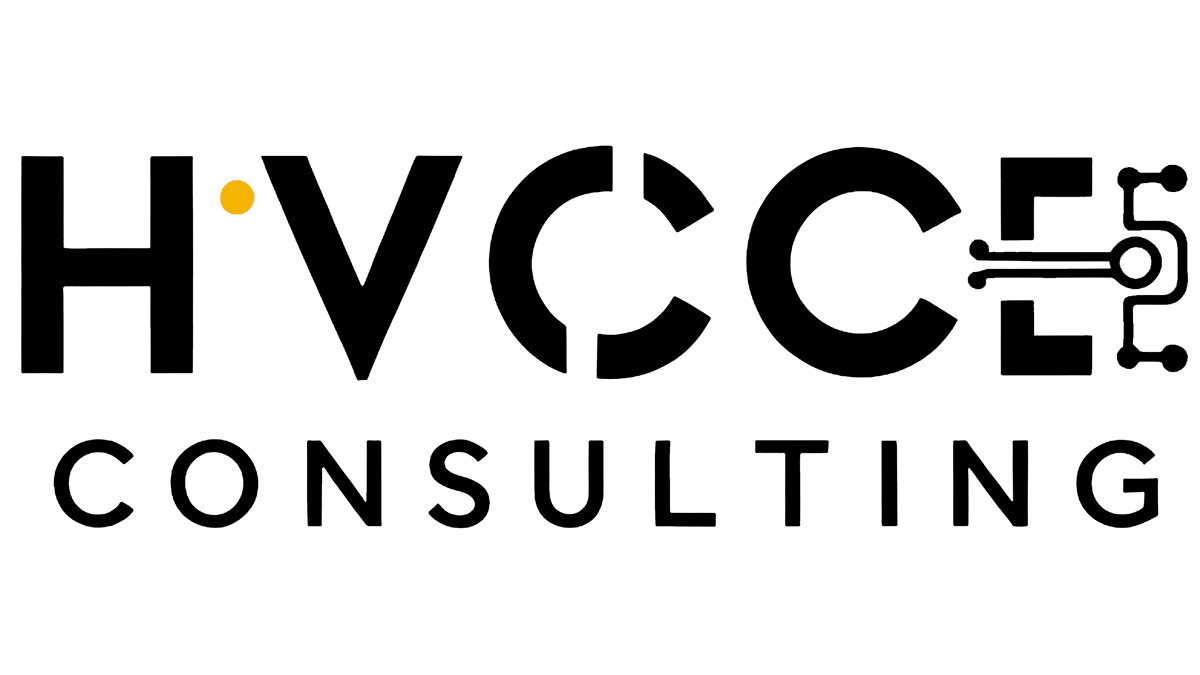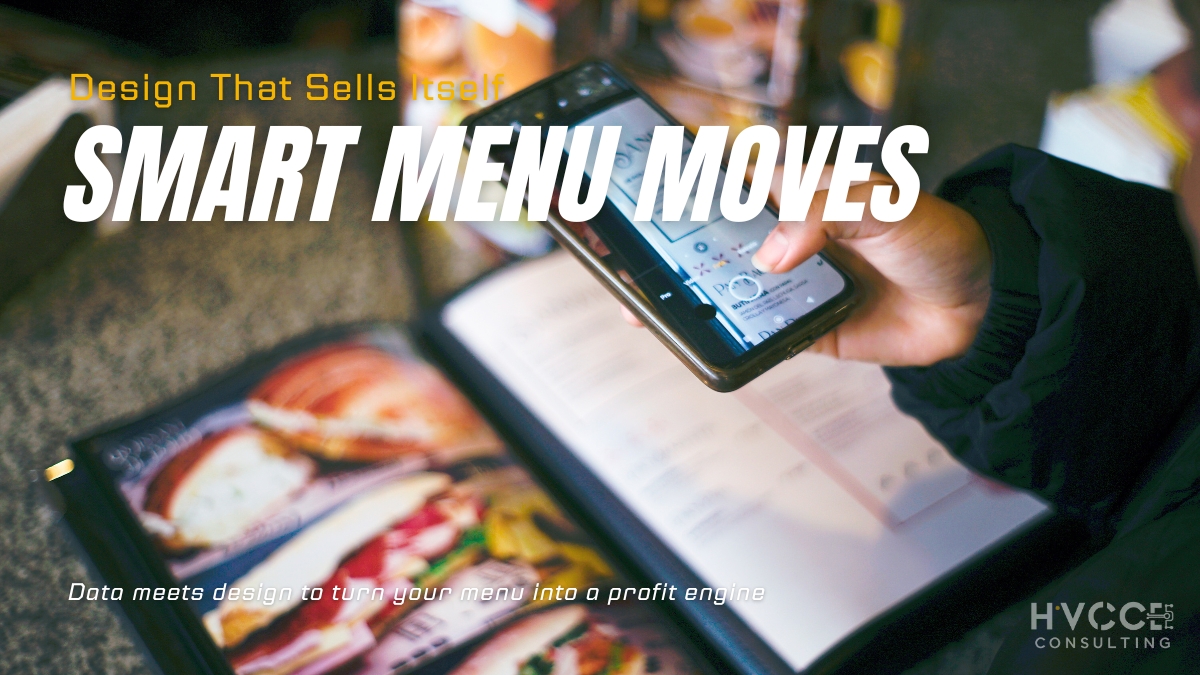

How Do I Design a Menu That Sells Itself?
Everyone's asking this week: "How do I design a menu that sells itself and boosts profit?" Let's settle this once and for all - your menu isn't just a list of dishes. It's one of your most powerful marketing and revenue tools. And when you approach it with data, design, and a little quantum thinking, you can turn your menu into a quiet salesperson that works harder (and smarter) than your best server.
Why Menu Design Matters More Than You Think
In a tough market like Hampton Roads or Coastal Carolina, every decision - from portion size to pricing - has ripple effects. Rising food costs, seasonal swings, and shifting guest habits can throw your profit model off balance fast. But here's the thing: your menu already holds the clues to smarter growth.
When you analyze what guests order, how they spend, and how they feel when choosing, you uncover what we at Hvcce call quantum insights - small shifts that multiply your bottom line. Menu design isn't an art project. It's data strategy in disguise.
The 4 Quadrants of Menu Engineering: Turning Puzzles into Stars
Here's the classic menu engineering model - simple, but powerful when paired with data:
-
Stars: High profit, high popularity. These are your MVPs - your signature burger, your top-selling flatbread, your famous Chardonnay. Highlight them.
-
Plow Horses: Low profit, high popularity. People love them, but they eat your margin. Adjust portion sizes or pair with premium add-ons.
-
Puzzles: High profit, low popularity. Guests aren't ordering these because they're hidden or misunderstood. Move them, rename them, or visually feature them.
-
Dogs: Low profit, low popularity. These need a long, hard look. Retire them or reinvent them.
The quantum twist? Don't treat these categories as static. Everything moves. Ingredients fluctuate, tastes evolve, competition shifts. Use dynamic data - weekly, not yearly - to see how your menu adapts in real time.
The Quantum Decision: Raise Prices or Drop a Dish?
Here's where the real strategy kicks in. Quantum thinking means looking at multiple paths at once before making a decision.
Let's say your best-selling crab dip just got 20% more expensive to make.
-
Path A: Raise the price $2. Risk: perception of "too pricey."
-
Path B: Shrink the portion slightly, add a side element, keep price stable.
-
Path C: Replace one ingredient, maintain flavor, boost margin.
Each path has a probability of success based on your guest behavior and data. When you map these outcomes before making a move, you're not guessing - you're engineering profitability.
At Hvcce, we call this Quantum Decision Design: simulating future outcomes so you can choose the one most likely to deliver consistent profit.
Visual Psychology: How One Café Boosted Sales by 10%
A local café we worked with in Williamsburg made a subtle change - no new dishes, no price hike, just layout design.
We moved their two highest-margin brunch items into the top-right quadrant (the "eye magnet zone") of their printed menu, added a simple gold highlight box, and reframed descriptions from "house specialty" to "chef’s favorite."
Within 30 days, sales of those items jumped 10%. Guests didn't even realize what changed - they just felt the pull. That's the power of visual psychology + data-backed design.
Hvcce’s Take: Here's the Move We'd Make If We Were You
Pull a 90-day sales report and map every item into the four menu quadrants. Then, layer in:
-
Profit margin per plate (not just food cost %)
-
Guest frequency and check size trends
-
Item placement and description design
From there:
-
Feature your Stars with visuals or menu highlights.
-
Rework Puzzles through naming, positioning, or bundling.
-
Rebalance Plow Horses with portion or price adjustments.
-
Retire Dogs unless they serve a strategic role (e.g., a family item or visual filler).
And always - always - test one change at a time. Your menu is a living document, not a one-and-done project.
The Takeaway: Your Menu Is Data Wearing an Apron
If you only do one thing after reading this, make it this 👉 Stop designing menus based on opinion. Start designing them based on data.
When you combine menu engineering with quantum thinking, you're not reacting to market pressure - you're predicting it.
Ready to see how data and design can make your menu sell itself?
Let's build your quantum menu strategy together 👉 visit hvcce.com/contact or reach out to start the conversation.
Big Thinking for Local Food & Drink. That's what we do.